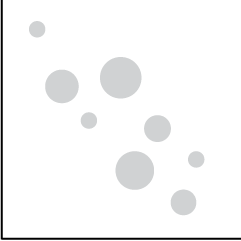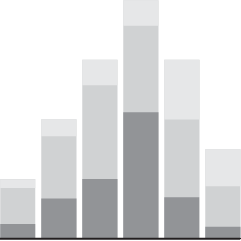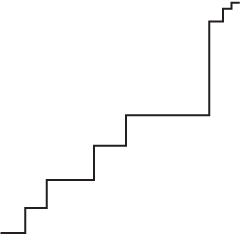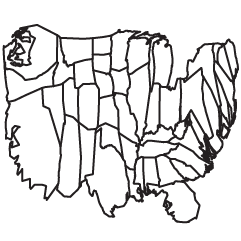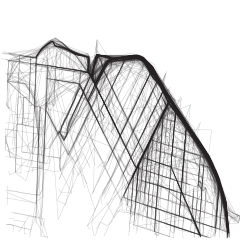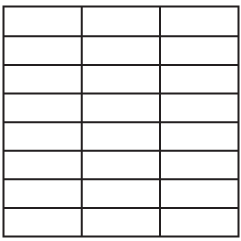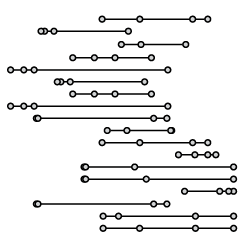Reviewing Deborah Stone’s Counting and Tim Harford’s The Data Detective, Hannah Fry discusses the usefulness of data and its limitations for The New Yorker:
Numbers are a poor substitute for the richness and color of the real world. It might seem odd that a professional mathematician (like me) or economist (like Harford) would work to convince you of this fact. But to recognize the limitations of a data-driven view of reality is not to downplay its might. It’s possible for two things to be true: for numbers to come up short before the nuances of reality, while also being the most powerful instrument we have when it comes to understanding that reality.
This builds on Fry’s similarly themed article from a couple of years ago, as well as her book Hello World.
Data is limited, and the better we understand those limitations, the better use we can get out of what’s there.

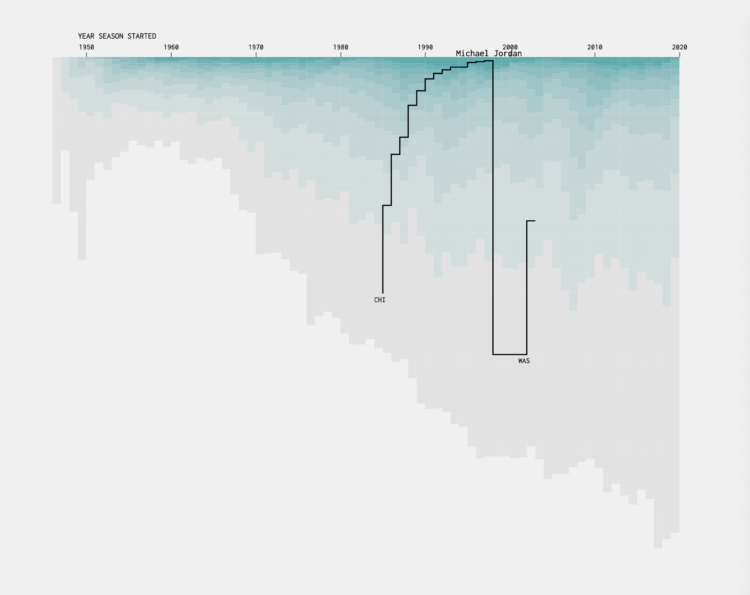
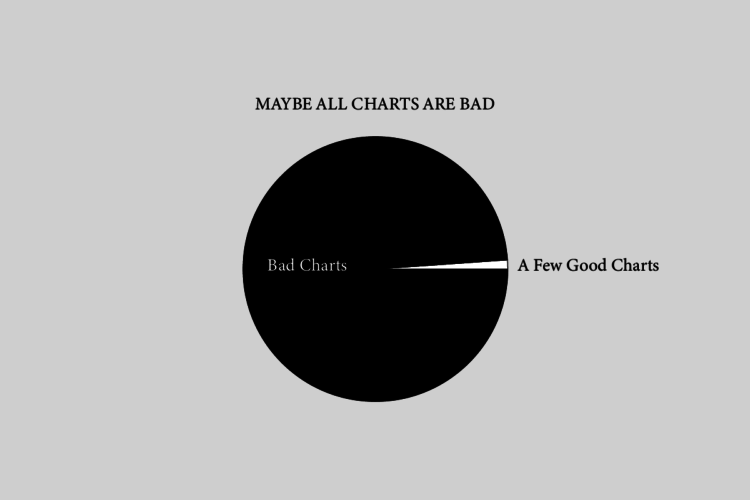
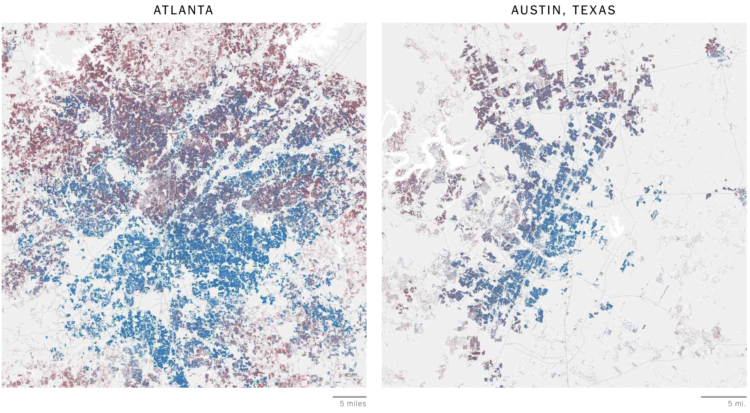
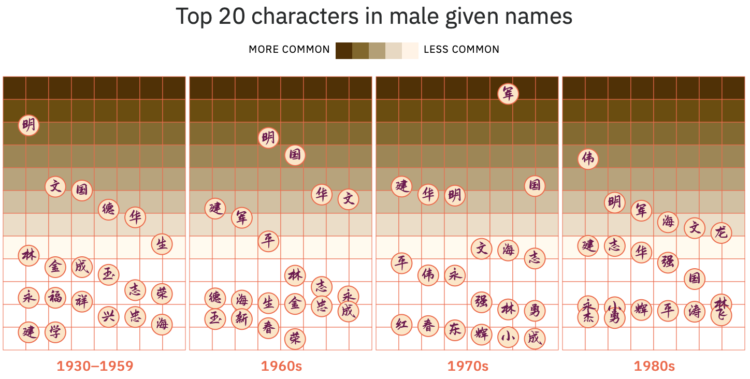
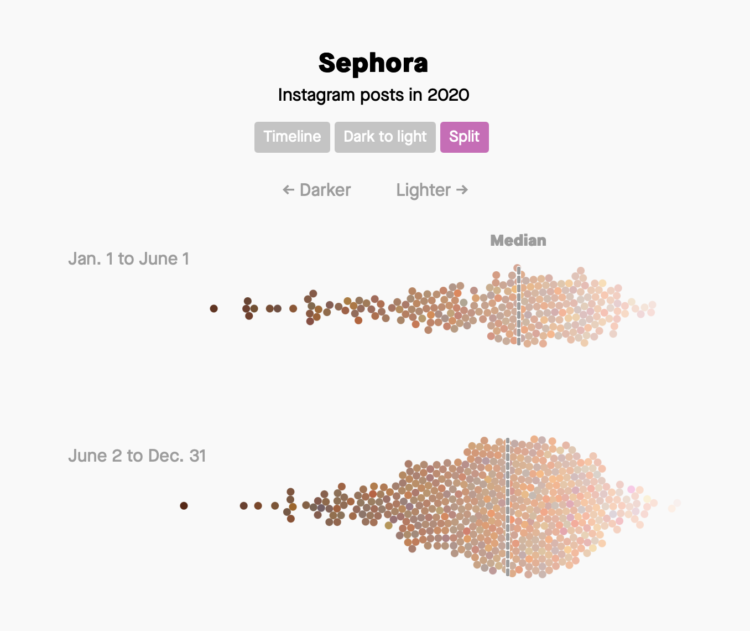
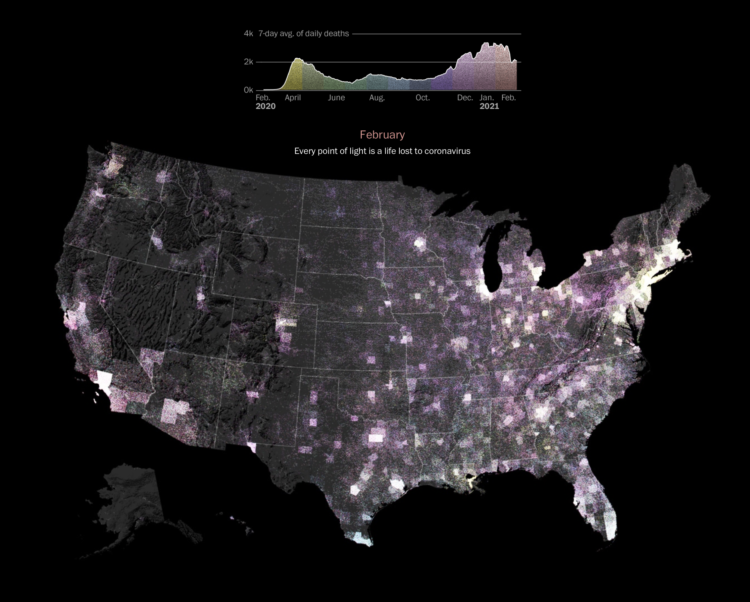

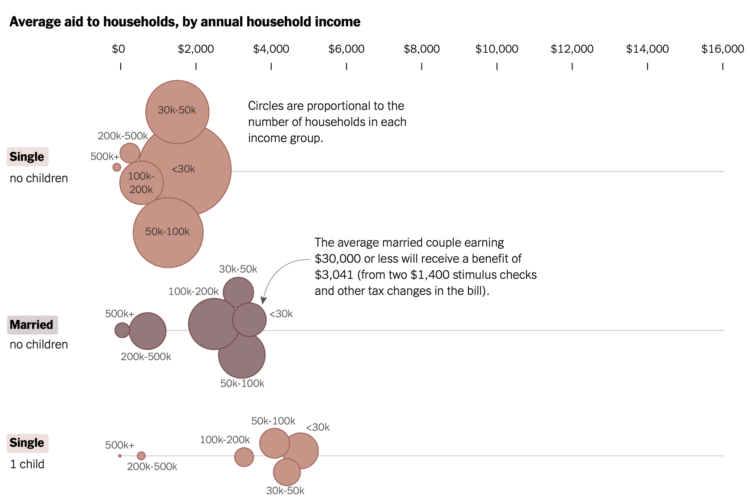

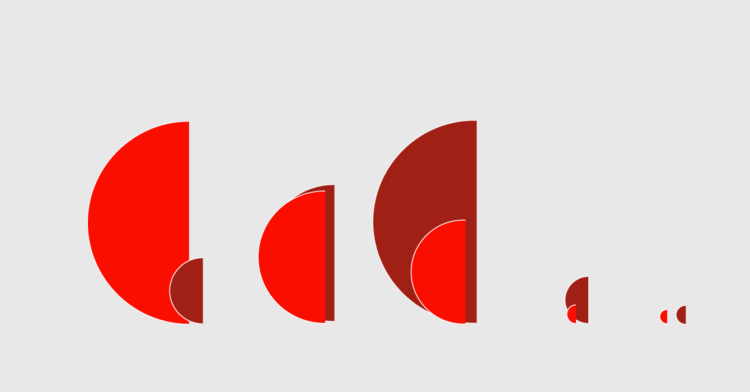
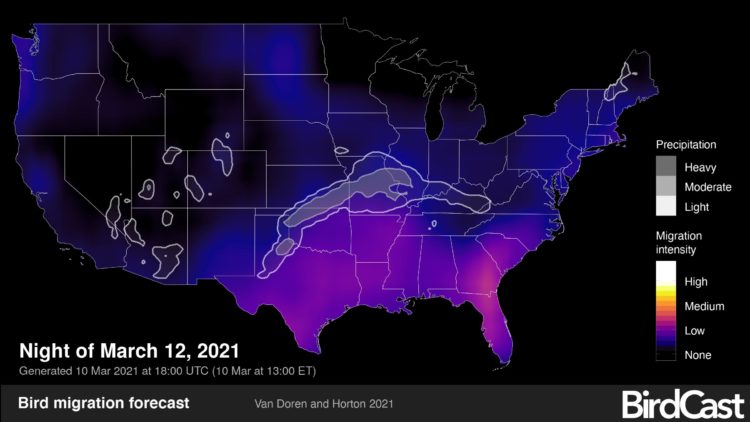
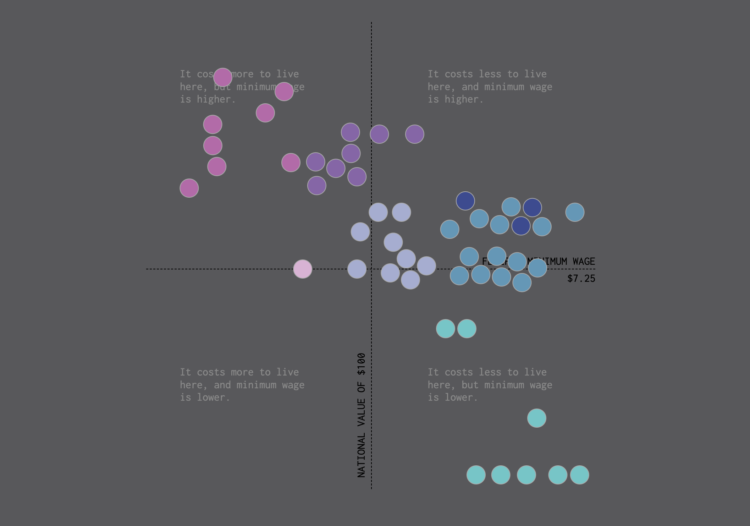

 Visualize This: The FlowingData Guide to Design, Visualization, and Statistics (2nd Edition)
Visualize This: The FlowingData Guide to Design, Visualization, and Statistics (2nd Edition)
